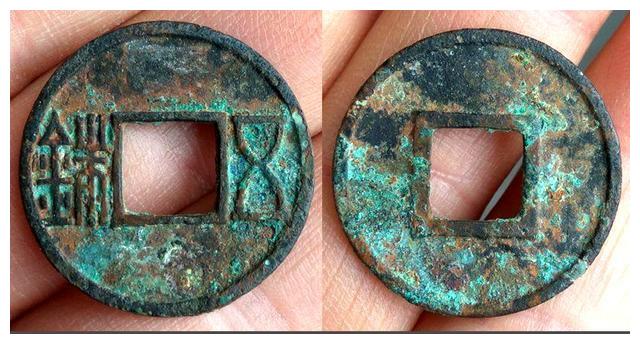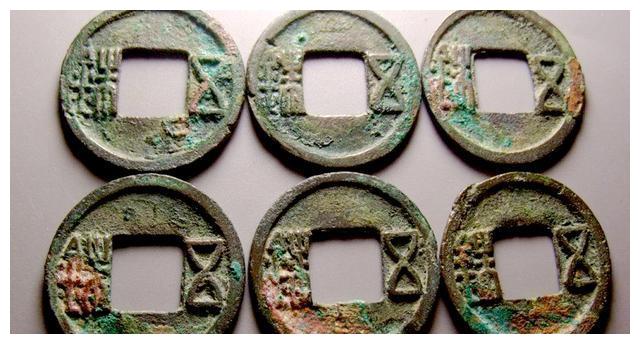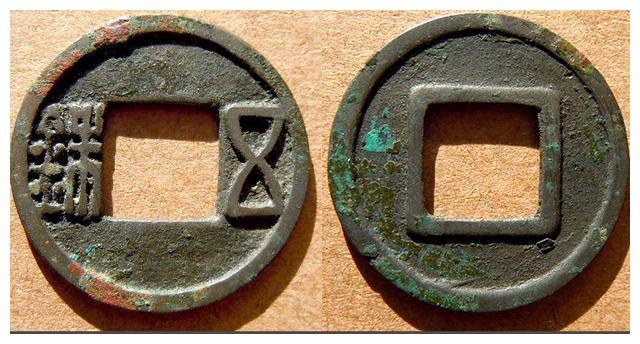“Five baht” money is the longest circulating coin in the history of Chinese coinage. From the Western Han Dynasty to the early Tang Dynasty, most of the “five baht” money was used in circulation.
Because many dynasties have cast “five baht” money, there are exquisite casters, but also extremely rough castings. However, the “five baht” coin coined by Emperor Chen Wen of the Southern Dynasty is relatively well-crafted and exquisitely crafted.
Chen Wuzhu (Tianjia Five Baht)
Chen Wuzhu was a foundry in the third year of Tianjia (562) by Emperor Chen Wendi of the Southern Dynasty, also known as “Tianjia Five Baht”. The seal script of “Five Baht” is slightly different in composition: “Five” has a straight cross and is similar to two opposite isosceles triangles; the head of “Zhu” is rounded and higher than the head of “Gold”. The outline is wider. Although Chen Wuzhu depreciated afterwards, it was still a relatively stable and widely circulated currency in the Southern Dynasties.
The Chen Wuzhu coin is bronze, and there are two main versions:
1. There is no inner Guo five baht
No inner corner means that the coin has no inner corner on the front. It is made neatly, with a wider outer edge, mostly 23-29 mm in diameter, with a grade of nine, and the market value of a common product is less than tens of yuan.
Two, there are five baht inside Guo
Neiguo’s is much rarer than “Chen Wuzhu” who has no inner guo. The Neiguo Wuzhu has a fine cast and has a grade of eight. I think it is less than what you see than it is without an inner guo, and its natural value is better than that of no inner guo. The inner Guo is higher.

Chen Wendi Chen Qian was greatly appreciated and cultivated by his uncle Chen Baxian in his early years, and started his life as the prefect of Wu Xing during the Liang Dynasty. In the second year of Taiping (557), Emperor Wu Chen ascended the throne and became the king of Linchuan. In the third year of Yongding (559), Chen Baxian passed away. Empress Xuan and the scholar Cai Jingli of Zhongshushe decided not to mourn, and called him to return to the court and become emperor. Change Yuan Tianjia.
During Chen Qian’s reign, she made great efforts to govern, rectified the management of officials, paid attention to farming and mulberry, and built water conservancy projects, so that the Jiangnan economy was restored to a certain extent. At that time, the Chen Dynasty was politically clear, the people were wealthy, and the country was relatively strong. He is a rare and promising king among the emperors of the Southern Dynasty.



